
The Legend of Sleepy Hollow (Flame Tree Review Sleepy Hollow – Oemiu
The Enthralling Specter of Sleepy Hollow
Washington Irving’s “The Legend of Sleepy Hollow” is more than just a ghost story; it’s a quintessential American tale exploring themes of ambition, superstition, and the clash between tradition and progress. Set in the idyllic yet unsettling Dutch settlement of Sleepy Hollow, New York, the story follows Ichabod Crane, a lanky and superstitious schoolteacher, as he navigates the social landscape and attempts to woo the beautiful Katrina Van Tassel. However, his pursuit is complicated by the presence of Brom Bones, a local hero and rival for Katrina’s affections, and the pervasive legend of the Headless Horseman, a spectral Hessian soldier who haunts the area. This atmosphere of folklore and dread serves as a backdrop for Ichabod’s ultimate downfall, leaving readers to ponder the true nature of his fate and the enduring power of local legends. The Flame Tree Review edition of Sleepy Hollow often provides valuable context and insightful commentary, enriching the reading experience and shedding light on the story’s historical and cultural significance. Understanding the nuances of Irving’s narrative and the subtle societal critiques embedded within transforms a simple ghost story into a profound exploration of human nature and the American identity in its formative years. The allure of Sleepy Hollow lies not just in the chilling presence of the Headless Horseman, but also in the portrayal of a community gripped by both innocence and fear, making it a timeless classic that continues to captivate audiences across generations.
Ichabod Crane: A Study in Contrasts
Ichabod Crane is arguably one of the most memorable characters in American literature. He is a man of contradictions, simultaneously embodying both intellectual aspiration and comical vulnerability. Irving paints him as a gangly, unattractive figure with an insatiable appetite for knowledge, particularly when it comes to the supernatural. He is a schoolteacher, a position that, in the context of Sleepy Hollow, holds a certain level of respect, but also highlights his outsider status. He’s not a farmer, a craftsman, or a member of the established Dutch community. This disconnect from the land and its traditions contributes to his feeling of alienation and makes him an easy target for the practical jokes and superstitions of the locals. His character is not merely defined by his physical appearance or his profession; it is also shaped by his ambition. Ichabod sees Katrina Van Tassel, not just as a beautiful woman, but also as a pathway to wealth and social standing. He dreams of inheriting her family’s vast farmlands and living a life of comfort and ease. This ambition, however, blinds him to the realities of the situation and makes him vulnerable to Brom Bones’s schemes and the allure of the Headless Horseman. The contrast between Ichabod’s intellectual pretensions and his genuine susceptibility to fear and superstition is a key element of Irving’s satire. He is a figure of ridicule, but also of pathos. We laugh at his gullibility, but we also understand his desire for a better life. The ambiguity surrounding Ichabod’s fate at the story’s end further complicates our understanding of him. Did he truly encounter the Headless Horseman, or was he merely the victim of a well-executed prank by Brom Bones? This uncertainty underscores the story’s broader themes of illusion, reality, and the power of suggestion, keeping readers engaged and prompting them to question the nature of truth and perception.
The Headless Horseman: Symbol of Fear and Folklore
The Headless Horseman is the chilling centerpiece of “The Legend of Sleepy Hollow,” a spectral figure that embodies the community’s deepest fears and the power of local folklore. More than just a simple ghost, he represents the lingering anxieties of the American Revolution and the unresolved tensions between the old world and the new. The legend states that he is the restless spirit of a Hessian trooper, a German mercenary who lost his head to a cannonball during the war. Doomed to eternally search for his lost cranium, he roams the countryside, particularly the Sleepy Hollow area, striking fear into the hearts of all who cross his path. The Headless Horseman serves as a powerful symbol of the past, a reminder of the violence and uncertainty that shaped the American landscape. He represents the unresolved conflicts and the haunting memories that continue to linger in the collective consciousness. His terrifying presence also underscores the power of storytelling and the way in which legends can shape our perception of reality. The inhabitants of Sleepy Hollow, steeped in superstition and folklore, readily accept the existence of the Headless Horseman, and their belief in him only serves to amplify his power. Irving masterfully uses the Headless Horseman to explore the themes of fear, superstition, and the blurring lines between reality and imagination. The ambiguity surrounding Ichabod’s encounter with the Horseman further enhances the story’s unsettling atmosphere. Was it a genuine supernatural encounter, or a cleverly orchestrated prank? The answer remains elusive, leaving readers to grapple with the possibility that the power of belief can be just as terrifying as any tangible threat. The enduring popularity of *The Legend of Sleepy Hollow and the Headless Horseman* speaks volumes about the enduring appeal of ghost stories and the human fascination with the unknown.
Katrina Van Tassel and Brom Bones: A Love Triangle and Local Power Dynamics
Katrina Van Tassel and Brom Bones represent more than just a romantic triangle; they embody the social and economic dynamics of Sleepy Hollow. Katrina, the daughter of a wealthy Dutch farmer, is the prize both Ichabod Crane and Brom Bones seek to win. Her beauty and inheritance make her a symbol of prosperity and social advancement. However, she is not merely a passive object of desire. Katrina is depicted as a coquette, a young woman who enjoys the attention of her admirers and uses her charm to manipulate the situation to her advantage. She represents the power and influence that women could wield within the constraints of their society. Brom Bones, on the other hand, is the archetypal local hero. He is strong, athletic, and popular among his peers. He embodies the traditions and values of the Sleepy Hollow community, standing in stark contrast to the outsider, Ichabod Crane. Brom is not just a rival for Katrina’s affections; he is also a symbol of the established social order. His pranks and practical jokes are a way of asserting his dominance and reminding Ichabod of his place in the community. The rivalry between Ichabod and Brom is not simply a matter of romantic competition; it is a clash between two different worlds and two different sets of values. Ichabod, the ambitious outsider, seeks to climb the social ladder through marriage, while Brom, the established local, seeks to maintain the status quo. This conflict is played out against the backdrop of the Headless Horseman legend, which serves as a tool for Brom to further intimidate and undermine Ichabod. The ending of the story, with Ichabod’s disappearance and Brom’s apparent triumph, suggests that the established social order ultimately prevails. However, the ambiguity surrounding Ichabod’s fate leaves room for interpretation and challenges the notion of a simple victory for Brom. The dynamics between Katrina, Brom, and Ichabod provide a nuanced portrayal of Sleepy Hollow society, highlighting the complex interplay of power, ambition, and tradition. Exploring the legend of sleepy hollow as an allegory for the American identity allows us to explore these themes more deeply.
| Character | Description | Role in the Story |
|---|---|---|
| Ichabod Crane | Lanky, superstitious schoolteacher | Protagonist, seeks wealth and Katrina’s hand |
| Katrina Van Tassel | Beautiful daughter of a wealthy farmer | Object of Ichabod and Brom’s affections, symbol of wealth |
| Brom Bones | Local hero, athletic and mischievous | Rival of Ichabod, embodies local traditions |
| The Headless Horseman | Spectral Hessian soldier | Symbol of fear and folklore, catalyst for Ichabod’s downfall |
The Legacy of Sleepy Hollow
The lasting impact of “The Legend of Sleepy Hollow” extends far beyond its status as a classic ghost story. It has deeply permeated American culture, influencing literature, film, television, and even tourism. The story’s vivid imagery and memorable characters have inspired countless adaptations and reinterpretations, each adding its own unique spin to the tale. The Headless Horseman, in particular, has become an iconic figure of American folklore, recognized and feared by generations. The story’s enduring appeal lies in its ability to tap into universal themes of fear, superstition, and the clash between the rational and the irrational. It also offers a glimpse into a specific time and place in American history, providing a window into the social and cultural landscape of the early Republic. The town of Sleepy Hollow itself has become a popular tourist destination, drawing visitors from all over the world who are eager to experience the atmosphere and legends of Irving’s story. Local businesses capitalize on the story’s popularity, offering tours, attractions, and merchandise related to the Headless Horseman. Beyond its commercial appeal, “The Legend of Sleepy Hollow” continues to be studied and analyzed in academic settings, prompting discussions about its literary merit, its historical context, and its cultural significance. The story’s ambiguous ending, in particular, continues to spark debate, with scholars offering various interpretations of Ichabod’s fate and the true nature of the Headless Horseman. Whether seen as a supernatural tale, a satirical commentary on American society, or a psychological exploration of fear and delusion, “The Legend of Sleepy Hollow” remains a complex and multifaceted work that continues to resonate with readers today. Visiting *Sleepy Hollow historic sites* will help you better understand the setting of the story. The Flame Tree Review’s edition often includes supplementary materials, such as historical essays and critical analyses, that further enhance the reader’s understanding and appreciation of the story’s enduring legacy.
FAQ: Unveiling the Mysteries of Sleepy Hollow
What is the main theme of “The Legend of Sleepy Hollow”?
The main theme of “The Legend of Sleepy Hollow” is the clash between rationality and superstition, tradition and progress. Ichabod Crane, representing rationality and ambition, enters the superstitious and tradition-bound world of Sleepy Hollow, leading to conflict. The story also explores the power of storytelling and how legends can shape our perception of reality. Irving uses the Headless Horseman to symbolize the lingering anxieties of the past and the power of local folklore. Ultimately, the story questions whether the rational mind can truly overcome deeply ingrained beliefs and fears. Furthermore, the pursuit of wealth and social status is presented as a corrupting influence, leading to Ichabod’s downfall. The ambiguity surrounding the ending leaves the reader to ponder the nature of reality and the enduring power of superstition.
Who is the Headless Horseman, and what does he represent?
The Headless Horseman is a central figure in the legend, representing fear, the past, and the power of folklore. He is believed to be the ghost of a Hessian soldier who lost his head to a cannonball during the American Revolution, eternally searching for it in the Sleepy Hollow area. He embodies the lingering anxieties and unresolved conflicts of the war, serving as a reminder of the violence that shaped the American landscape. The Headless Horseman also represents the power of stories and how they can influence our perception of reality. The residents of Sleepy Hollow readily believe in his existence, amplifying his power and creating an atmosphere of fear and superstition. The ambiguity surrounding Ichabod’s encounter with the Horseman further enhances the story’s unsettling atmosphere, leaving readers to question the nature of reality and the power of belief.
What is the significance of the setting in Sleepy Hollow?
The setting of Sleepy Hollow is crucial to the story’s overall impact. The secluded and rural nature of the village contributes to an atmosphere of mystery and superstition. It’s a place where old Dutch traditions hold sway, and the outside world seems distant. This isolation fosters a sense of community, but also a susceptibility to folklore and local legends. The landscape itself is described as being both beautiful and eerie, with winding roads, dark forests, and a sense of history hanging in the air. This creates the perfect backdrop for a ghost story, where the boundaries between reality and imagination become blurred. The very name, Sleepy Hollow, suggests a place of tranquility and slumber, but also hints at a hidden darkness and a potential for unsettling events. In understanding *Sleepy Hollow setting and atmosphere* you see the power of setting on a story’s tone.
Was Ichabod Crane actually chased by the Headless Horseman, or was it a prank?
The question of whether Ichabod Crane was truly chased by the Headless Horseman, or if it was a prank orchestrated by Brom Bones, remains deliberately ambiguous. Irving never explicitly states the answer, leaving it open to interpretation. Some readers believe that Ichabod’s superstitious nature led him to misinterpret a real person on horseback as the Headless Horseman. Others suggest that Brom Bones, knowing Ichabod’s fears, cleverly disguised himself and chased him through the woods. The ambiguity serves to enhance the story’s themes of illusion, reality, and the power of belief. It also allows readers to project their own interpretations onto the story and to consider the possibility that the supernatural may indeed exist. Ultimately, the lack of a definitive answer is what makes the story so enduring and thought-provoking.
How does “The Legend of Sleepy Hollow” reflect American culture and values?
“The Legend of Sleepy Hollow” reflects early American culture and values through its portrayal of societal anxieties, ambition, and the clash between tradition and progress. Ichabod Crane represents the ambitious, forward-thinking individual seeking upward mobility, a characteristic often associated with the American Dream. His pursuit of Katrina Van Tassel is driven by a desire for wealth and social status, reflecting the materialistic aspirations of the time. However, the story also satirizes these ambitions, suggesting that they can lead to vulnerability and downfall. The community of Sleepy Hollow, with its strong Dutch traditions and superstitious beliefs, represents a more conservative and insular aspect of American culture. The conflict between Ichabod and Brom Bones embodies the tension between the old world and the new, between tradition and innovation. The story also explores the theme of self-reliance, a core American value, by highlighting Ichabod’s dependence on superstition rather than his own abilities.
What makes “The Legend of Sleepy Hollow” a classic American ghost story?
“The Legend of Sleepy Hollow” earns its place as a classic American ghost story through its masterful use of atmosphere, memorable characters, and exploration of universal themes. Irving’s vivid descriptions of the Sleepy Hollow landscape create an atmosphere of mystery and suspense, drawing readers into the story’s unsettling world. The Headless Horseman, a terrifying and iconic figure, embodies the fears and anxieties of the community, while Ichabod Crane’s gullibility and superstition provide moments of both humor and pathos. The story also explores deeper themes of fear, belief, and the power of storytelling, making it more than just a simple ghost story. Its enduring appeal lies in its ability to tap into our primal fears and to question the nature of reality. Furthermore, the story’s setting in a specific time and place in American history adds to its cultural significance, providing a glimpse into the social and cultural landscape of the early Republic.
What is the significance of the ending of “The Legend of Sleepy Hollow”?
The ending of “The Legend of Sleepy Hollow” is deliberately ambiguous, leaving Ichabod’s fate uncertain and prompting readers to question the true nature of the events. The fact that Ichabod disappears and is never definitively found dead leaves open the possibility that he either fell victim to the Headless Horseman or simply fled the town after being humiliated by Brom Bones. This ambiguity enhances the story’s overall themes of illusion, reality, and the power of suggestion. It also challenges the notion of a clear resolution and forces readers to confront the possibility that some mysteries may never be fully solved. The ending allows for multiple interpretations, encouraging readers to consider their own beliefs about the supernatural and the nature of truth. The discovery of Ichabod’s hat and a shattered pumpkin further adds to the ambiguity, suggesting a possible encounter with the Headless Horseman, but also leaving room for a more rational explanation. The enduring mystery surrounding *The Legend of Sleepy Hollow story ending* contributes to the story’s lasting appeal and continues to spark debate among readers.
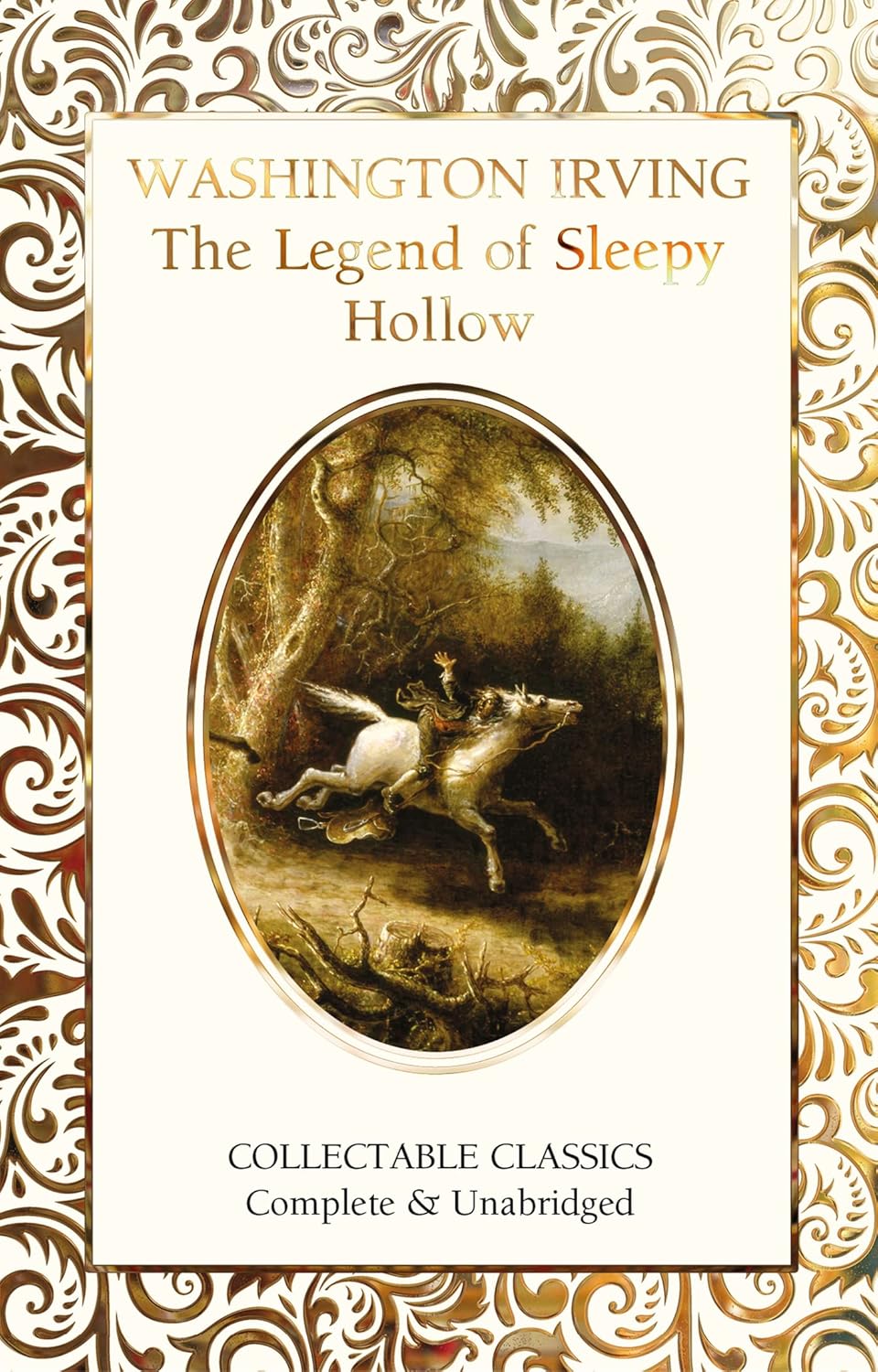
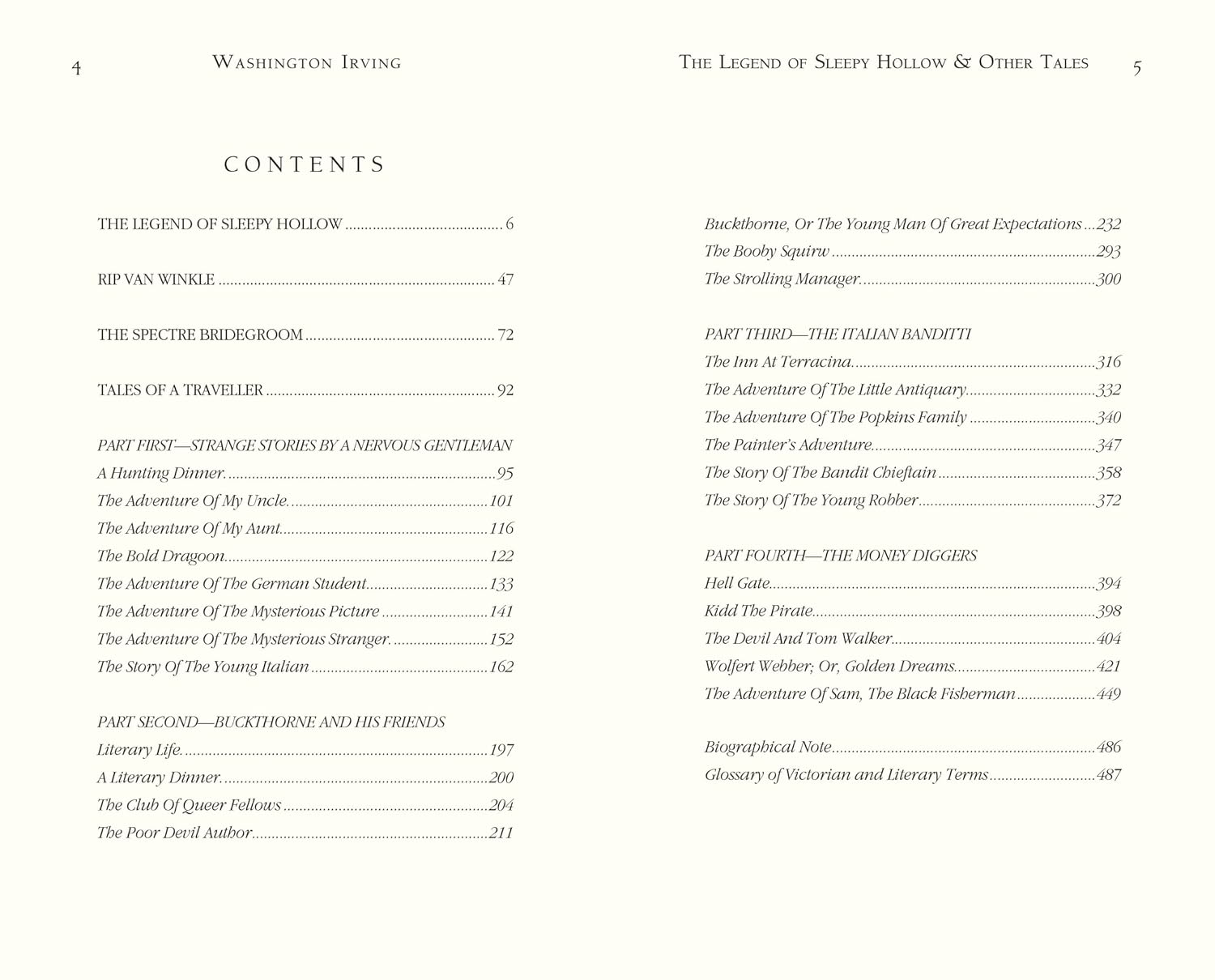
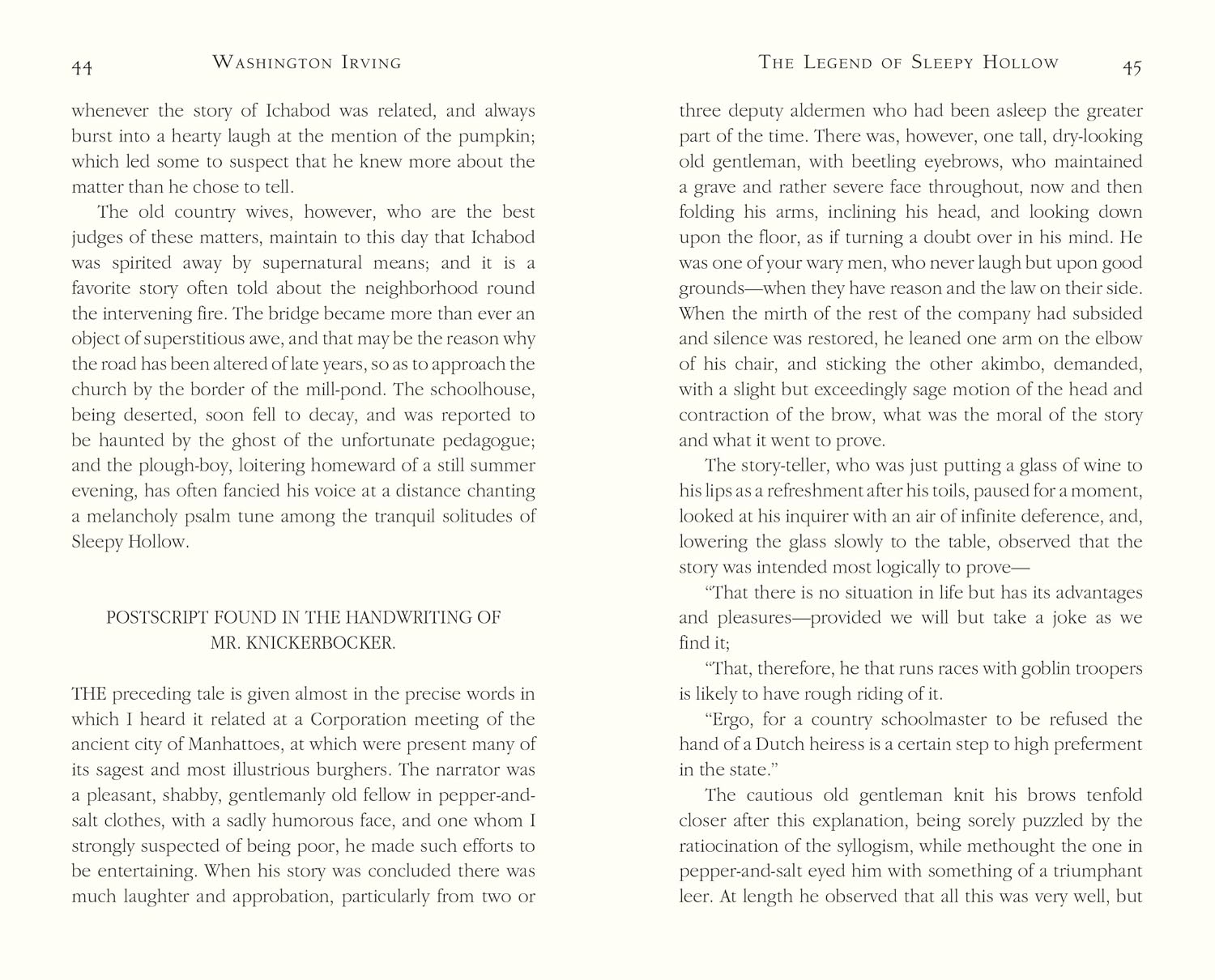
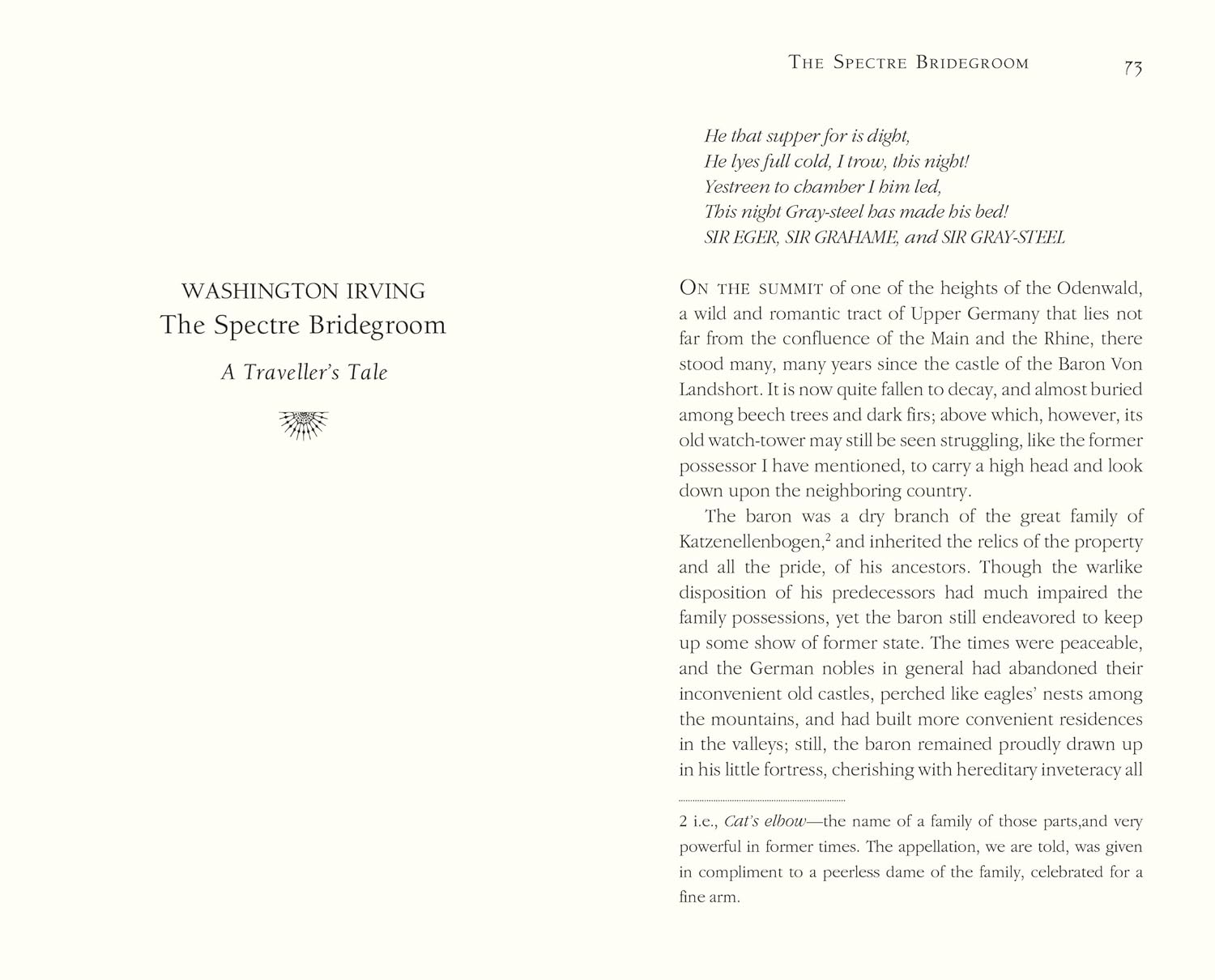
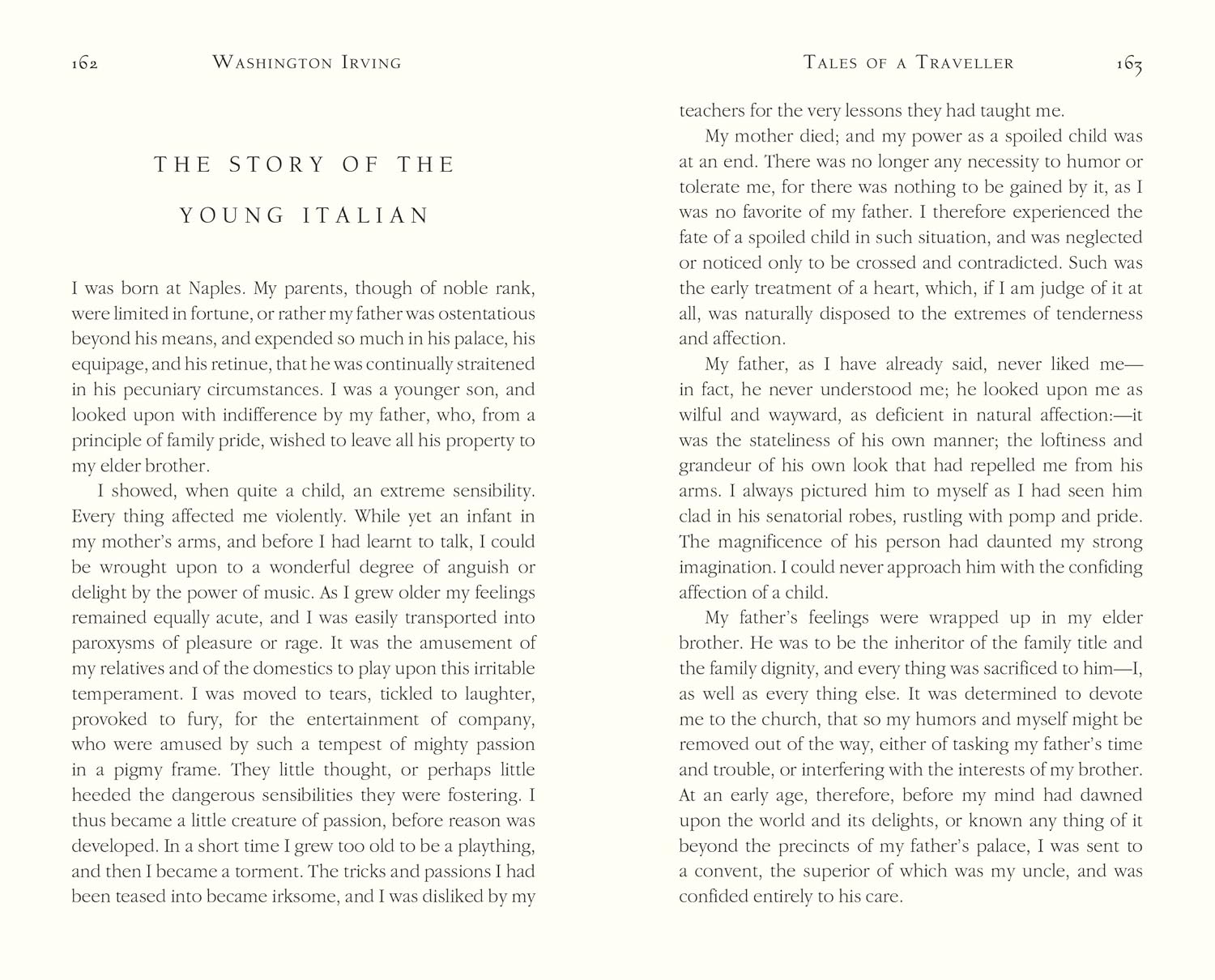
Price: $12.99 - $12.08
(as of Sep 12, 2025 01:31:25 UTC – Details)




